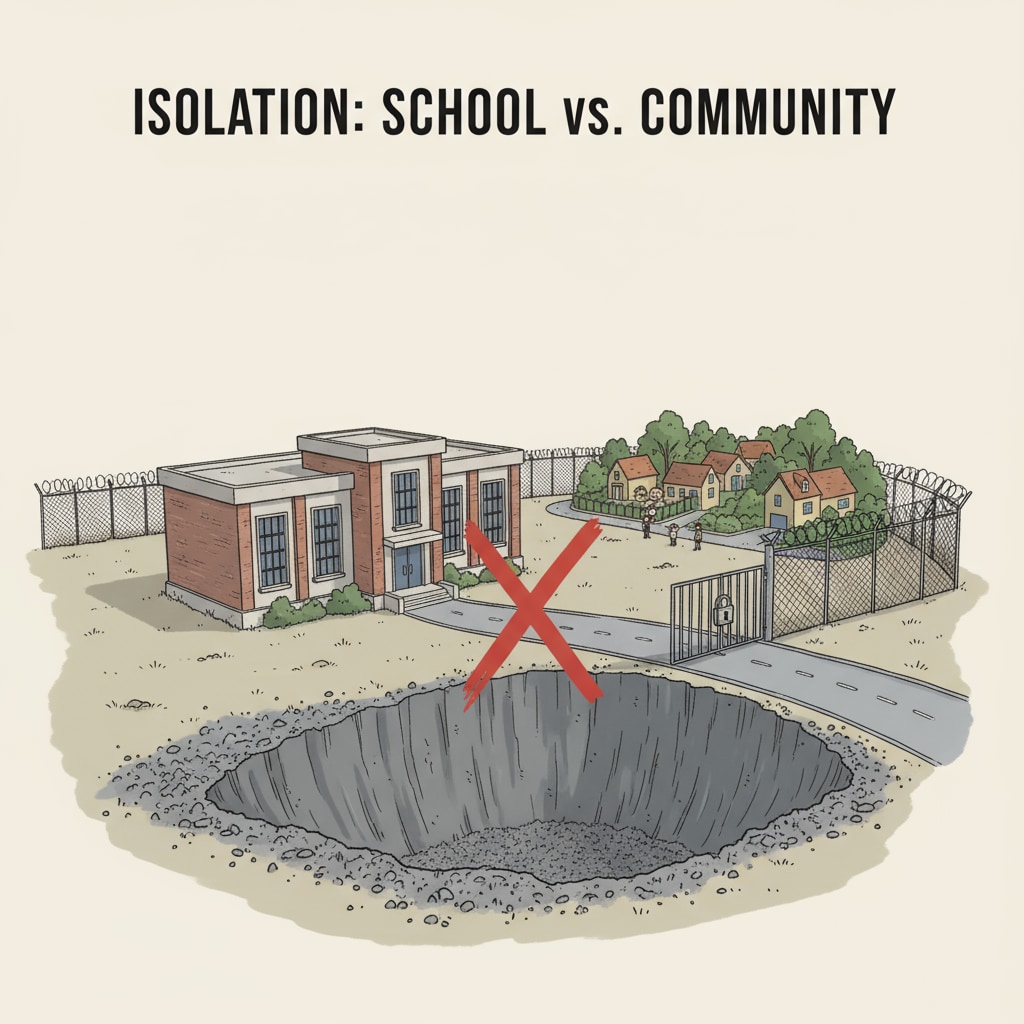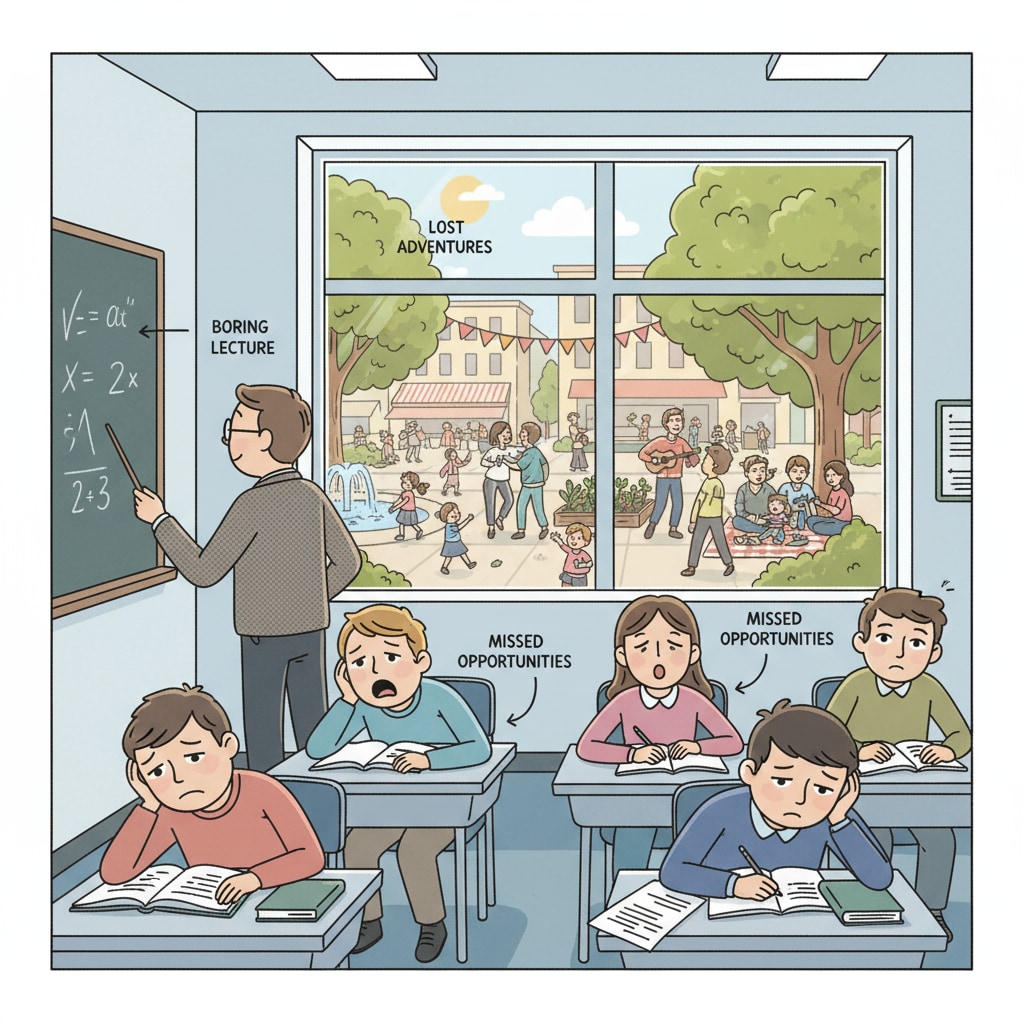School independence, community separation, and youth programs are at the heart of the challenges facing modern town development. The divide between the education system and community governance in these towns has become an invisible barrier to the all-round development of teenagers. In many modern towns, public schools operate in relative isolation from community governance institutions. This separation is not only reflected in administrative management but also in resource allocation and the overall educational environment.

The Isolation of School Independence
School independence in modern towns often leads to a self-contained operation model. Schools focus primarily on academic teaching, following a set curriculum and educational evaluation system. For example, they may be more concerned with standardized test scores and college entrance rates. This narrow focus neglects the broader social and community context. According to Wikipedia’s Education Reform page, educational reforms around the world aim to break this isolation, but in many small towns, the old model persists. As a result, students lack real-world experiences and connections with the local community, which are essential for their holistic growth.
The Consequences of Community Separation
Community separation further exacerbates the problem. Community governance institutions are responsible for the overall development of the town, but they often fail to integrate educational resources effectively. This separation means that the rich cultural and social resources in the community are not fully utilized in the education system. For instance, local museums, libraries, and community centers could be valuable learning platforms for students, but due to the lack of coordination, they remain underutilized. As Britannica’s Community Development article points out, a well-integrated community and education system can significantly enhance the learning experience of young people. Without this integration, teenagers are missing out on opportunities to learn about local history, culture, and develop practical skills.

The negative impact on youth programs is also profound. Many youth programs are designed to provide extracurricular learning and development opportunities. However, the separation between schools and communities makes it difficult to implement these programs effectively. There is a lack of unified planning and resource sharing, resulting in limited and disjointed youth activities.
Readability guidance: As we can see, the problems of school independence and community separation are intertwined and have a detrimental effect on youth programs. To address these issues, we need to establish a collaborative mechanism between education and the community. This could involve joint planning of educational activities, sharing of resources, and enhanced communication channels. By breaking down the barriers between schools and communities, we can create a more favorable environment for the growth and development of teenagers.


